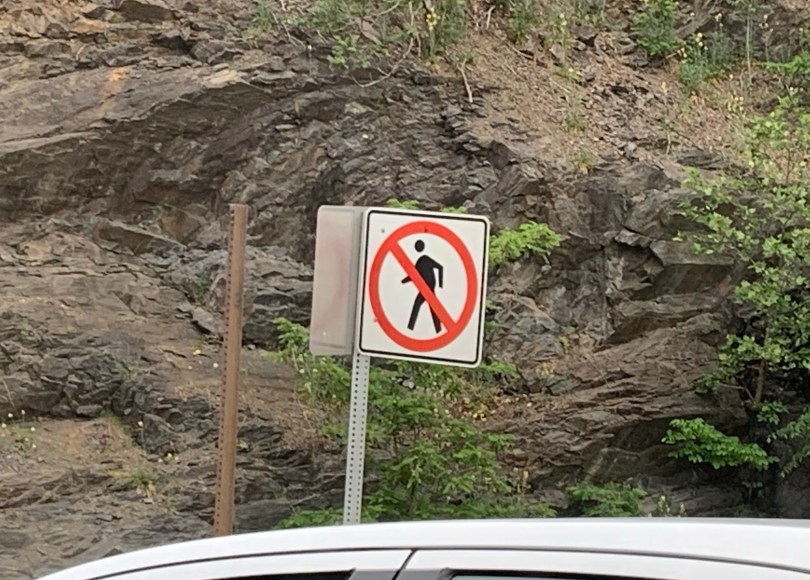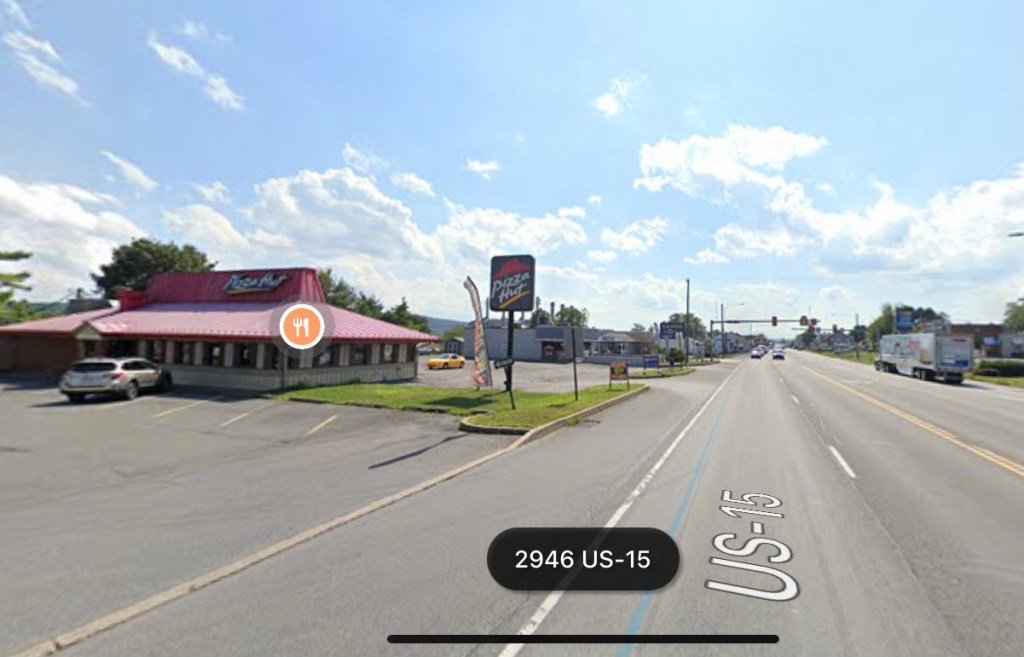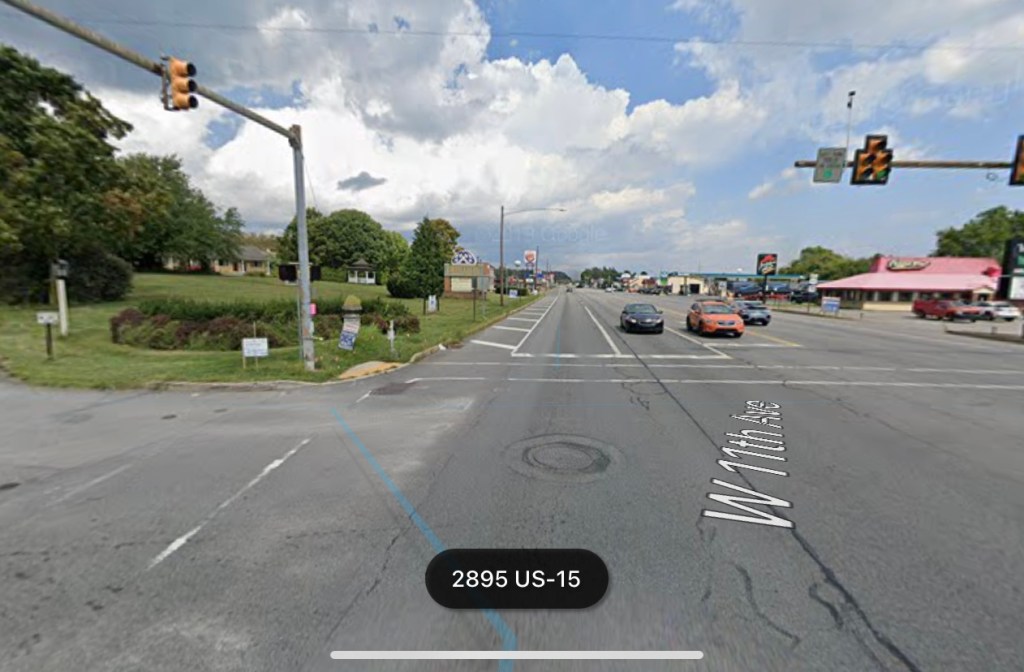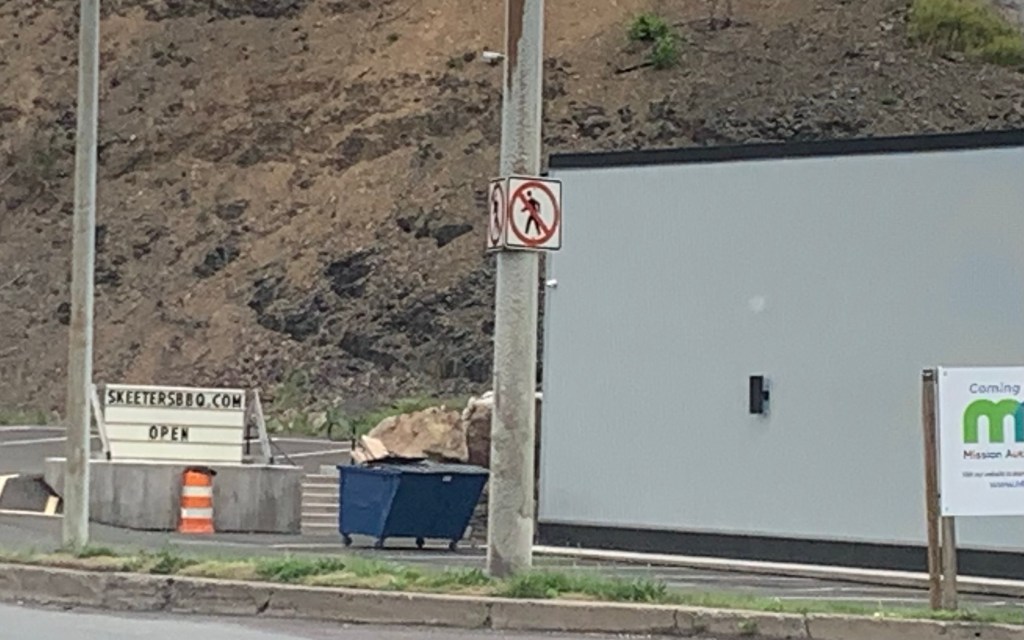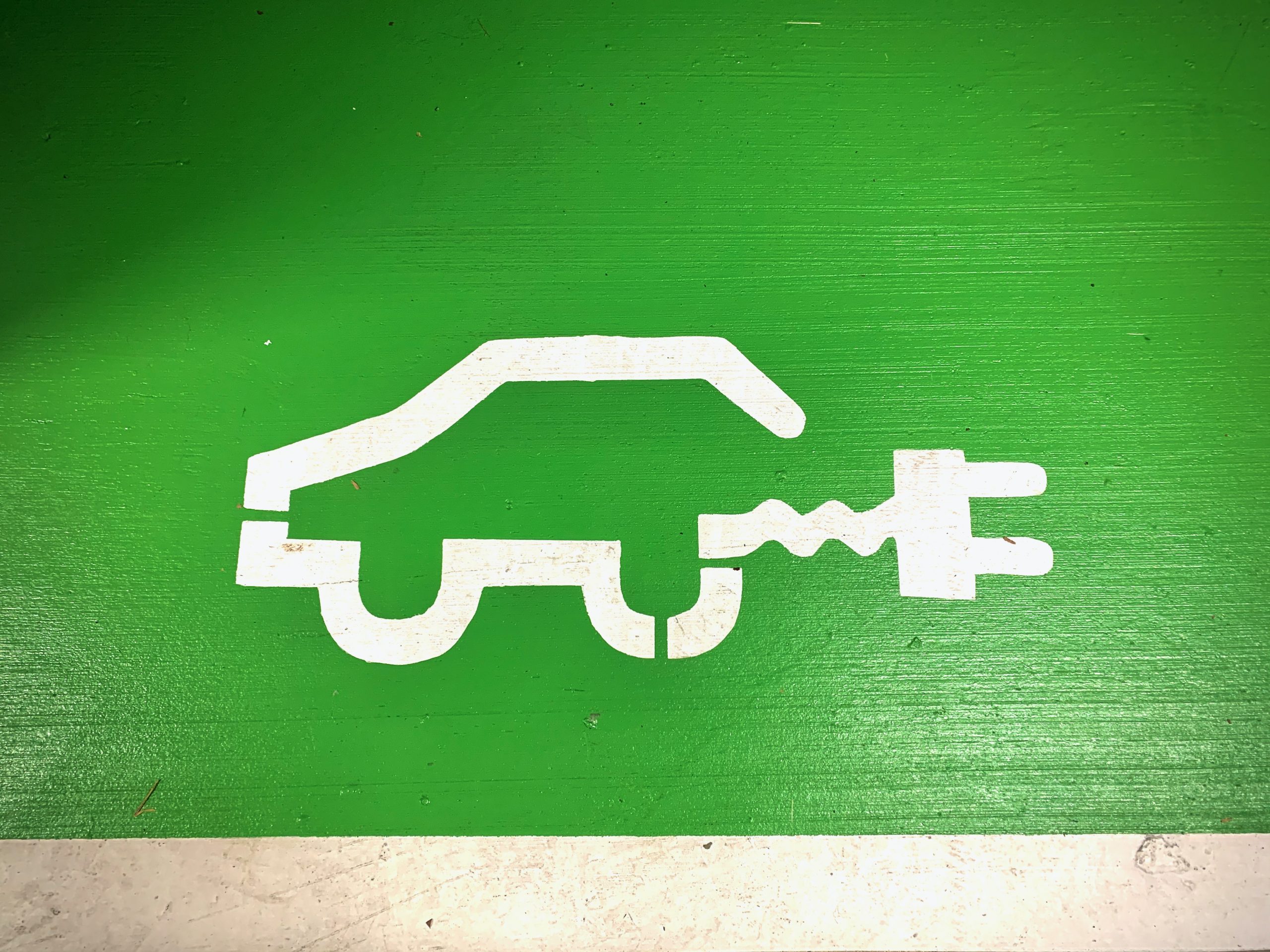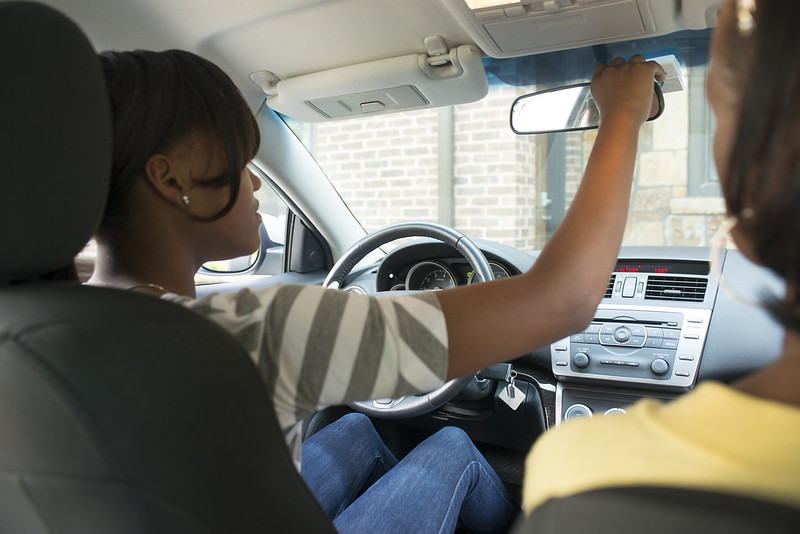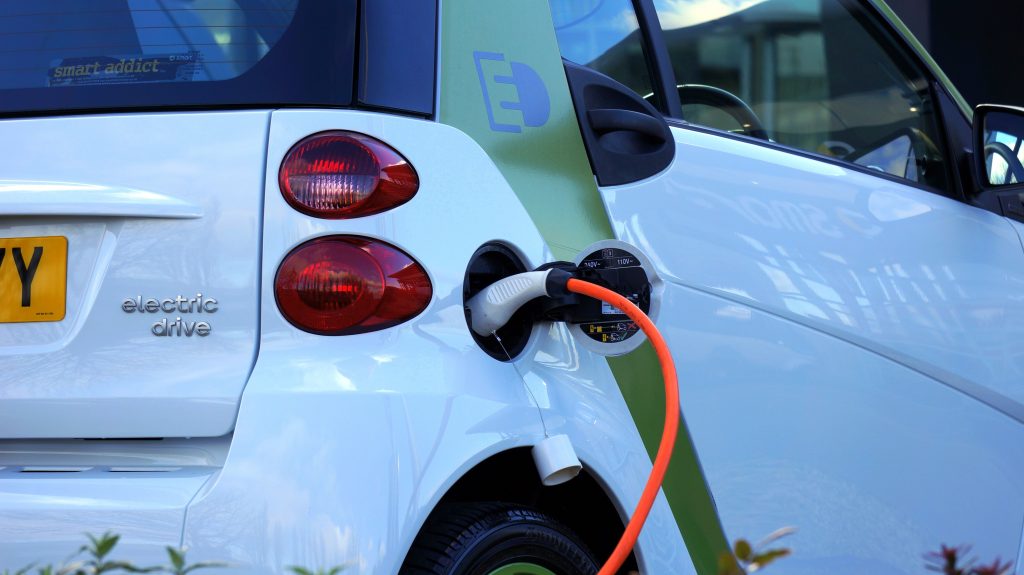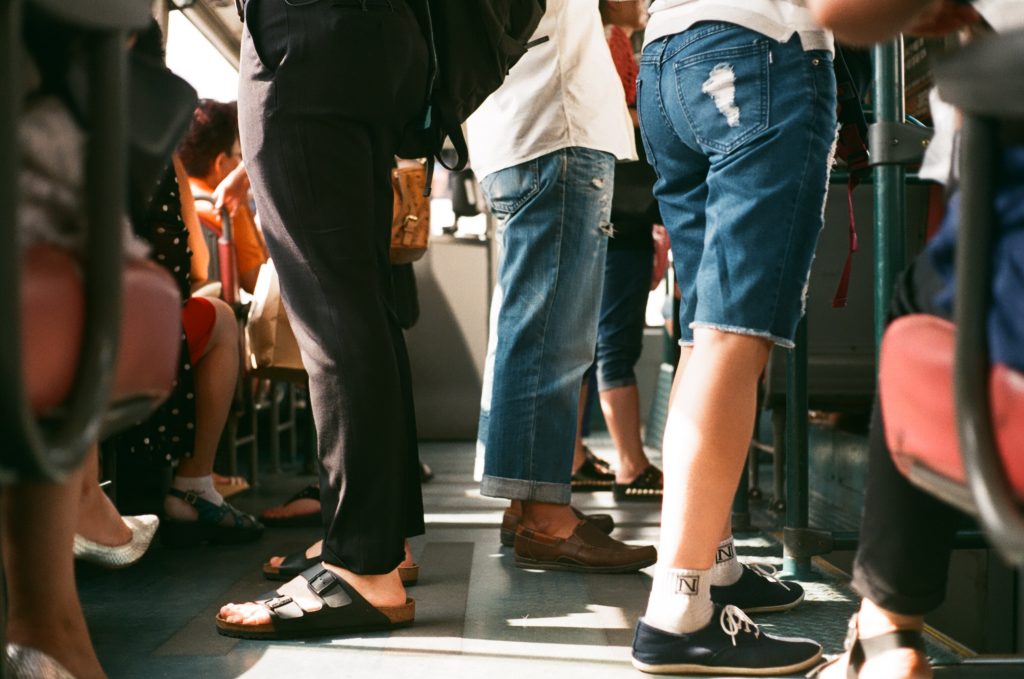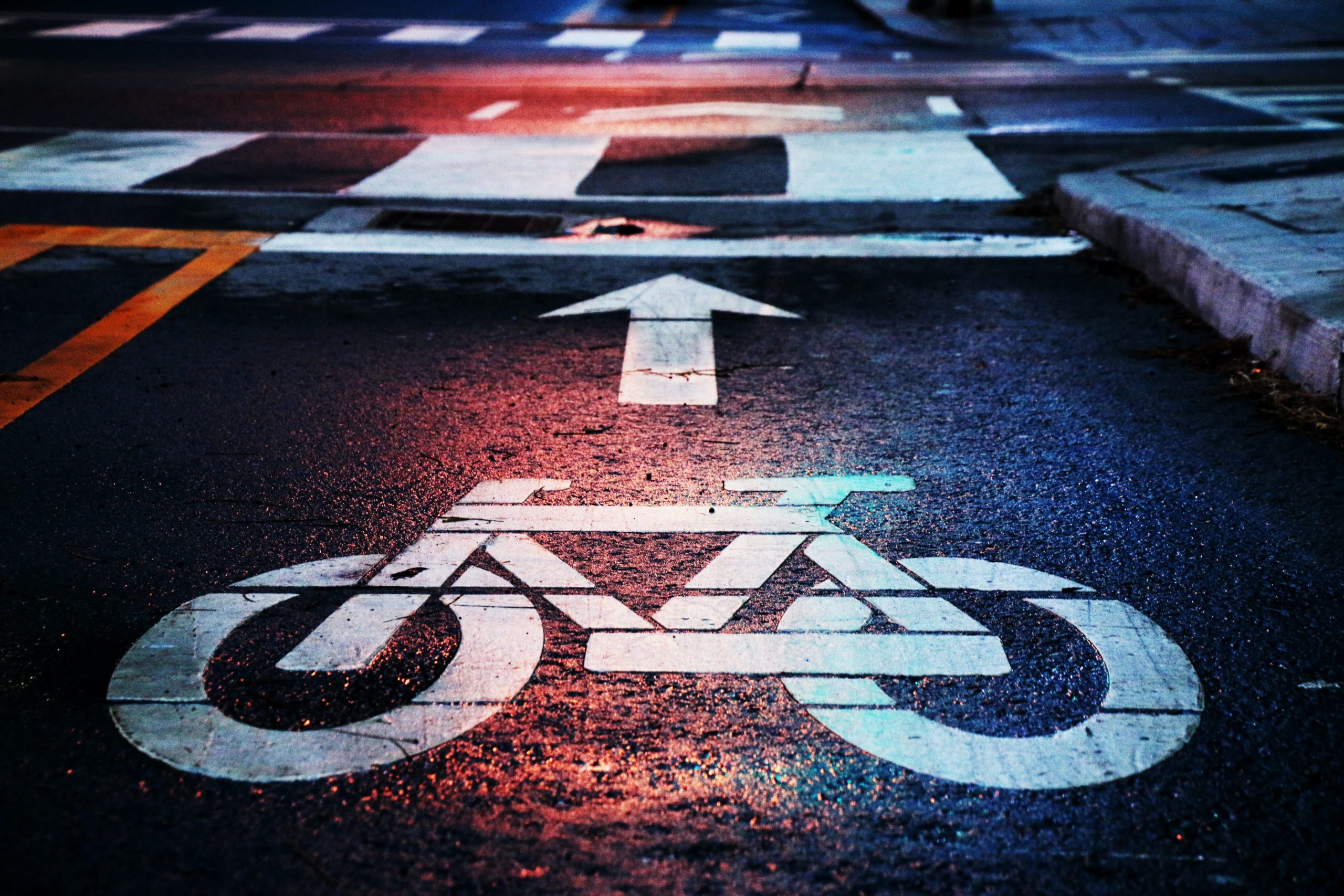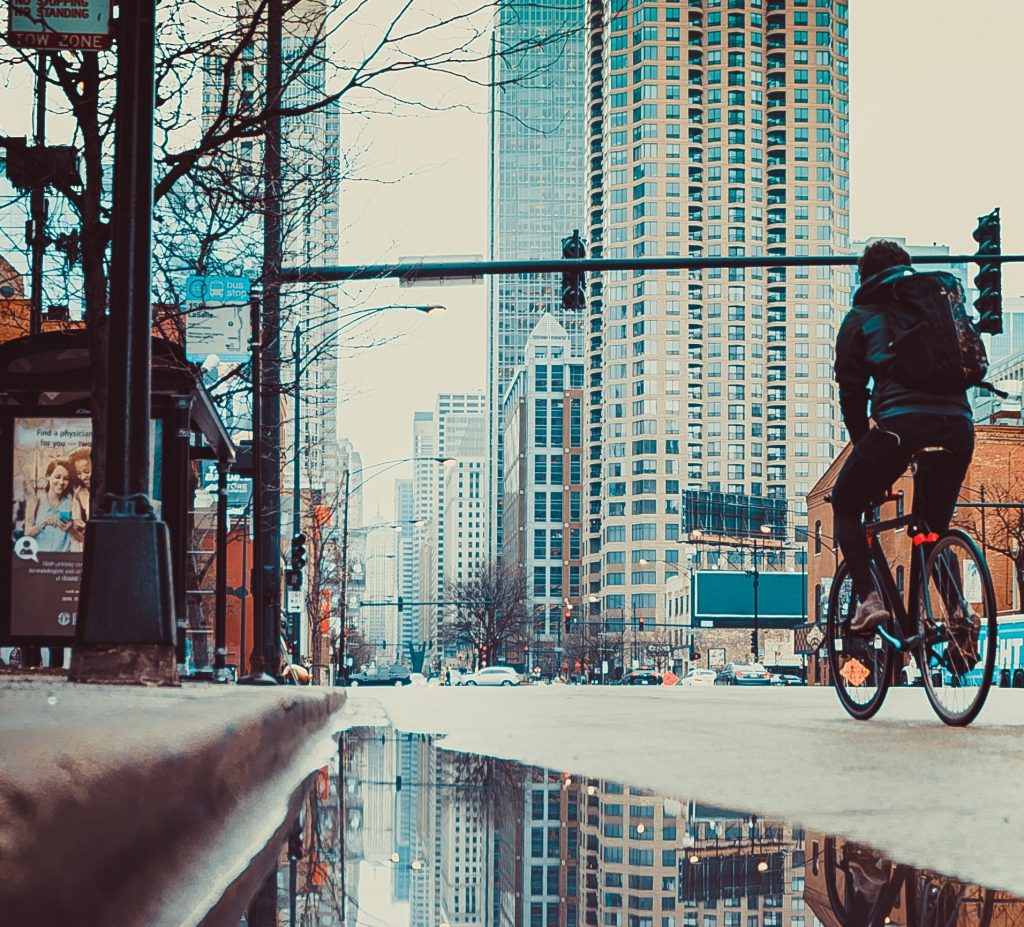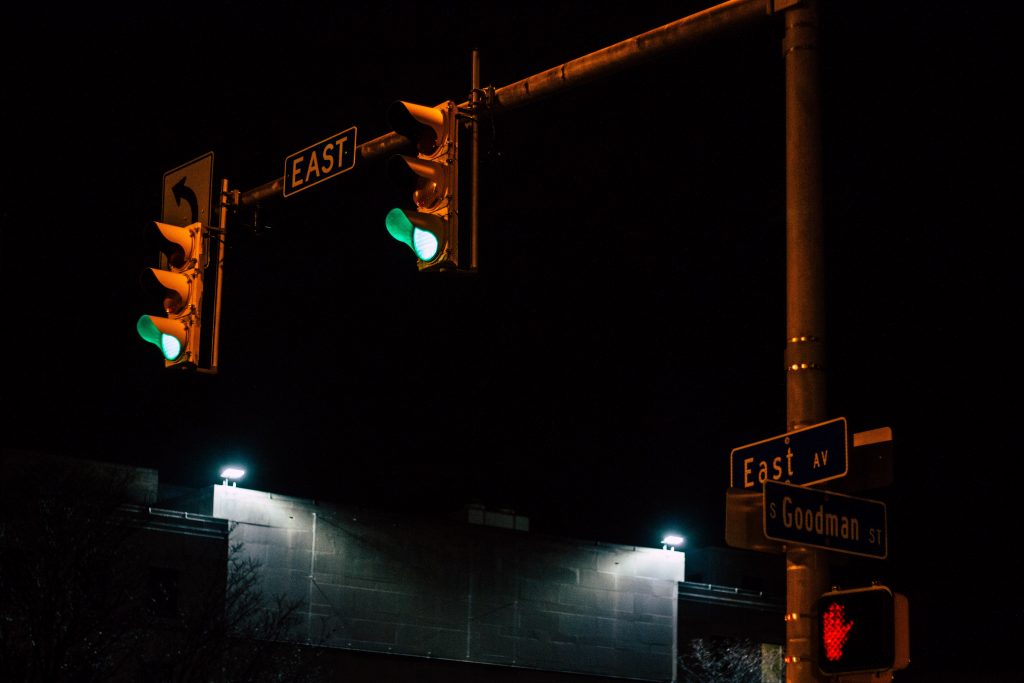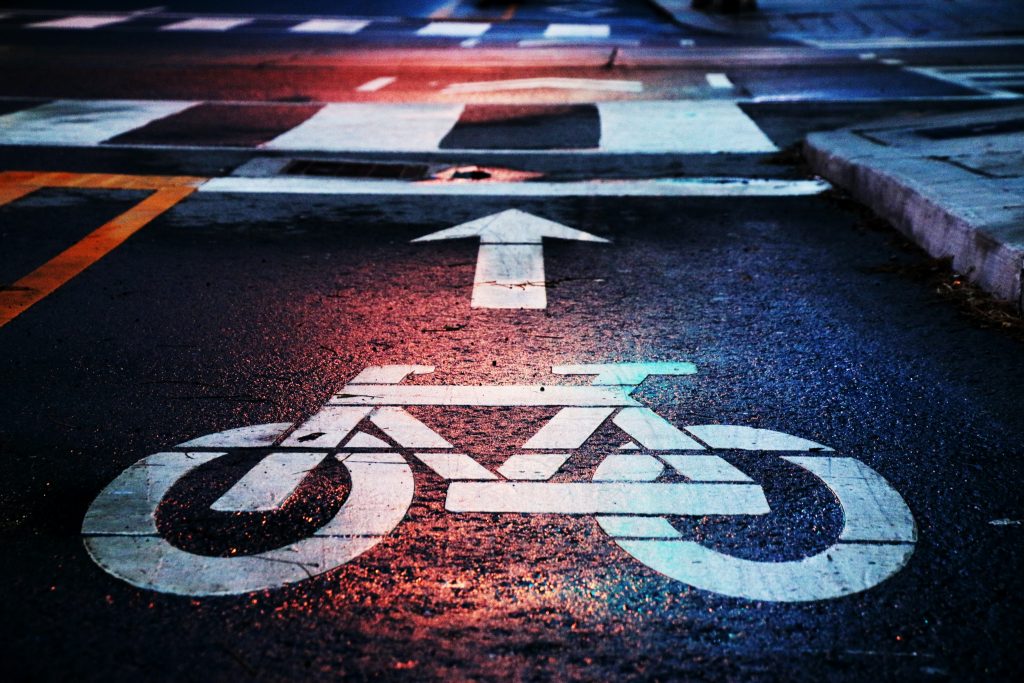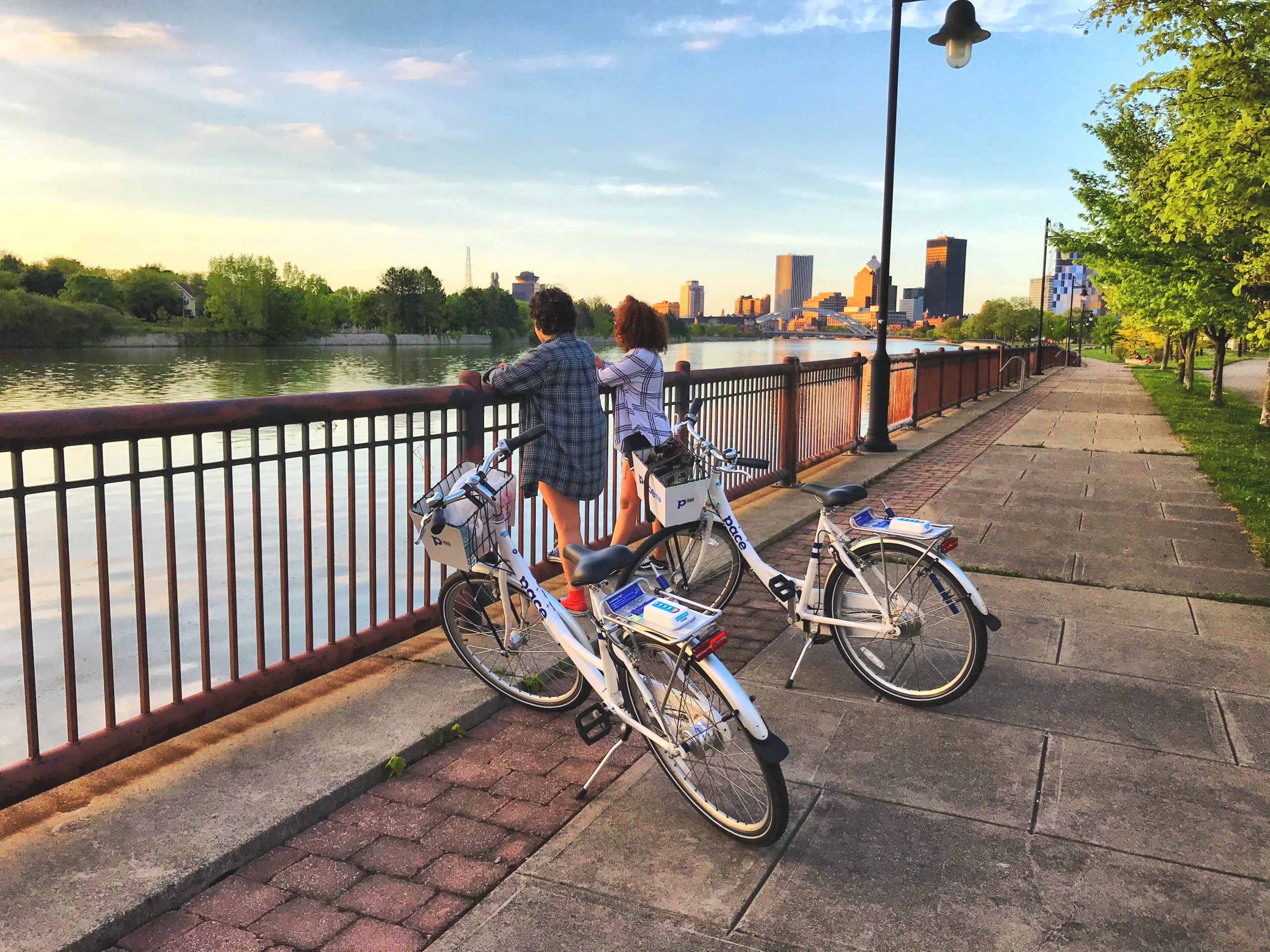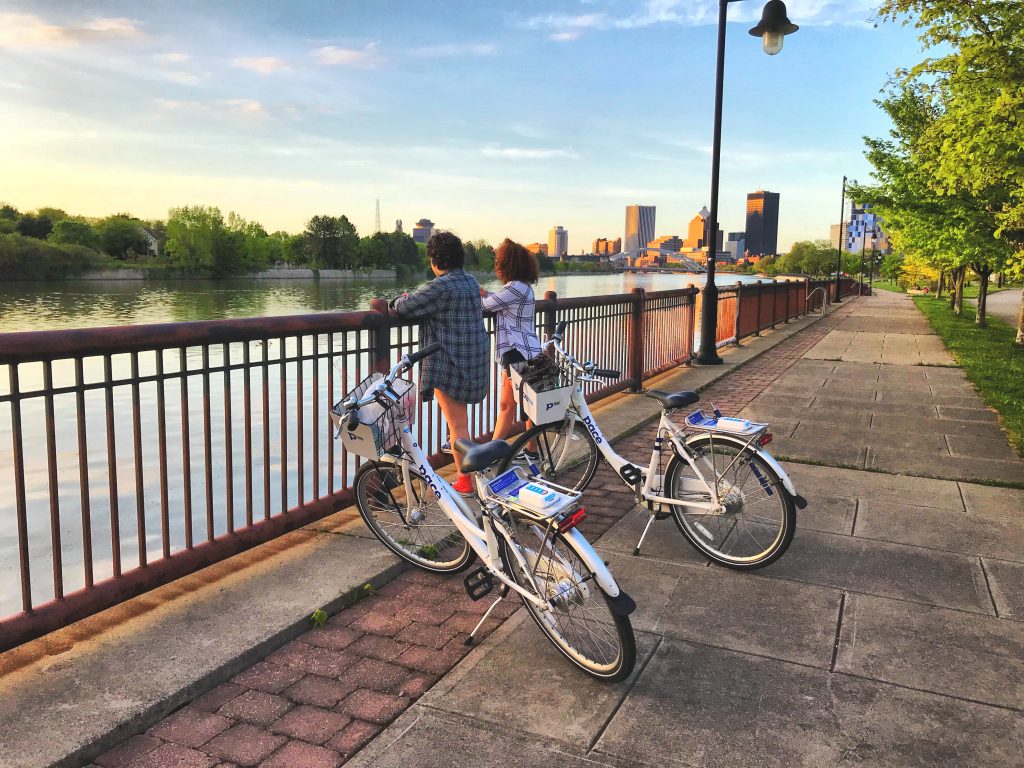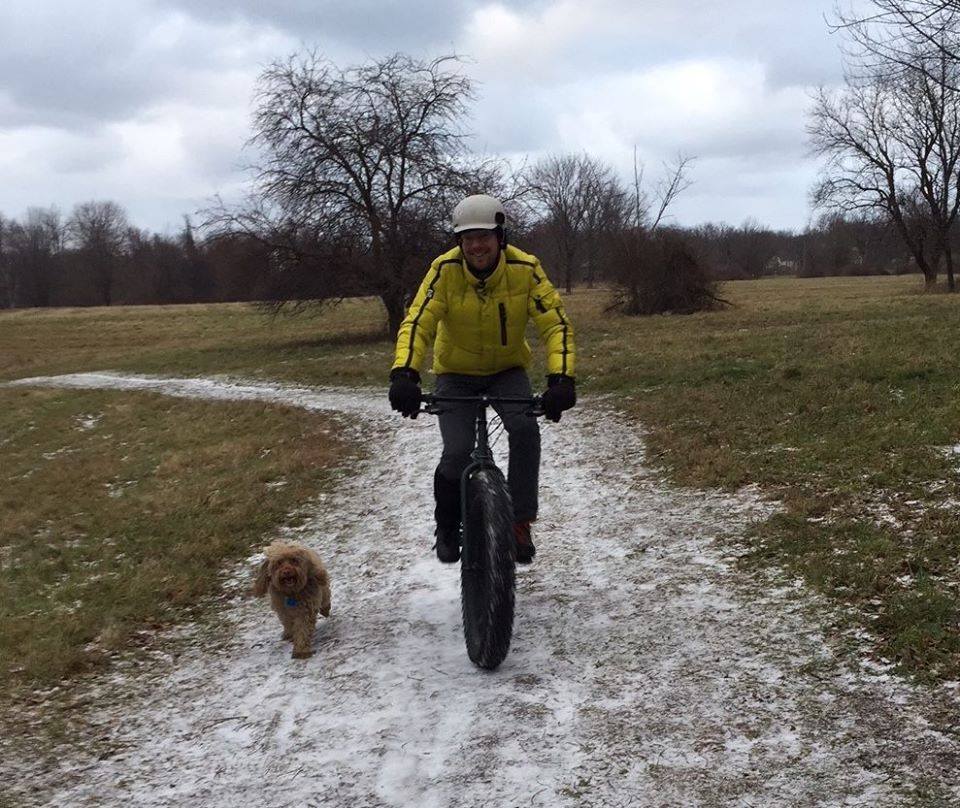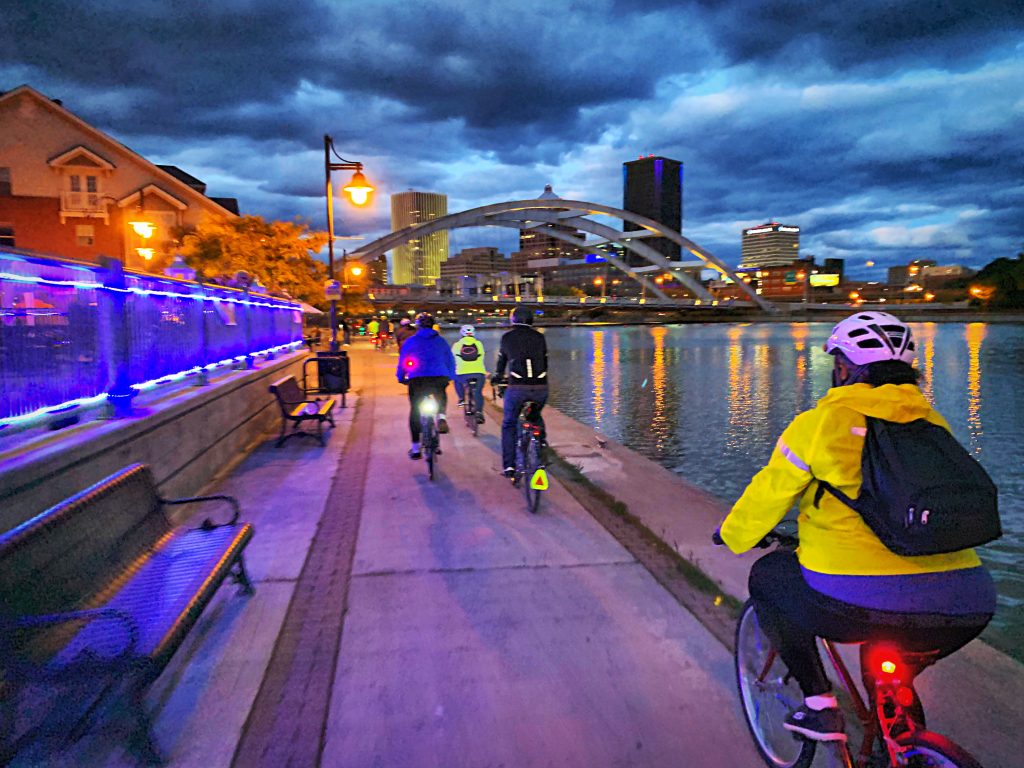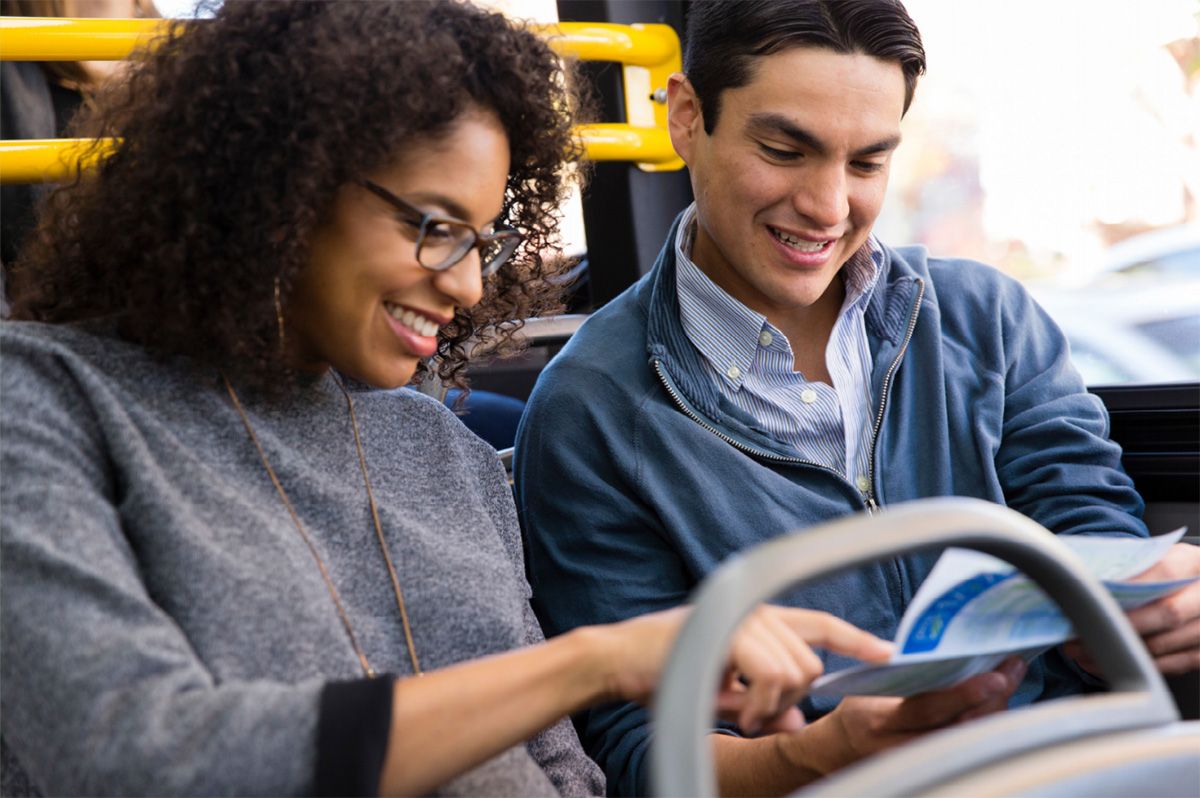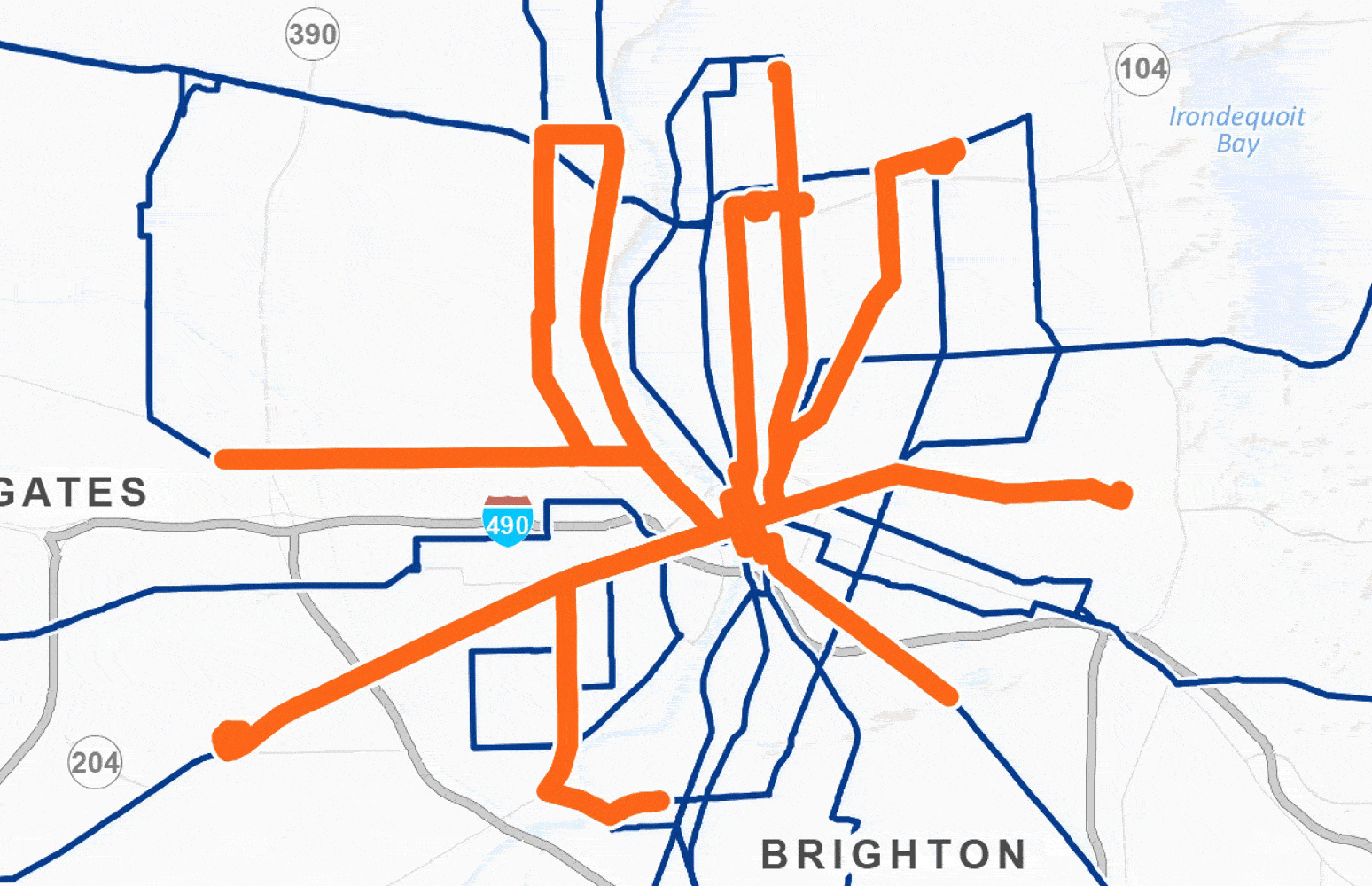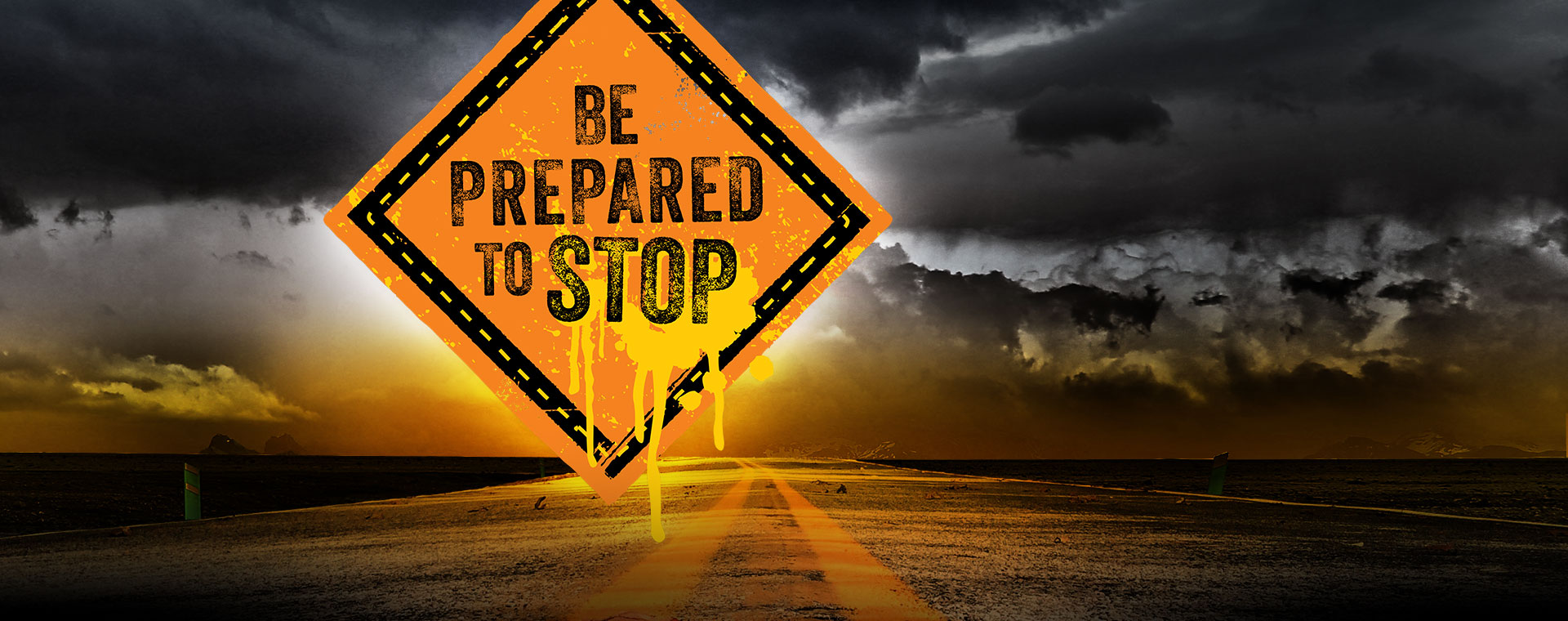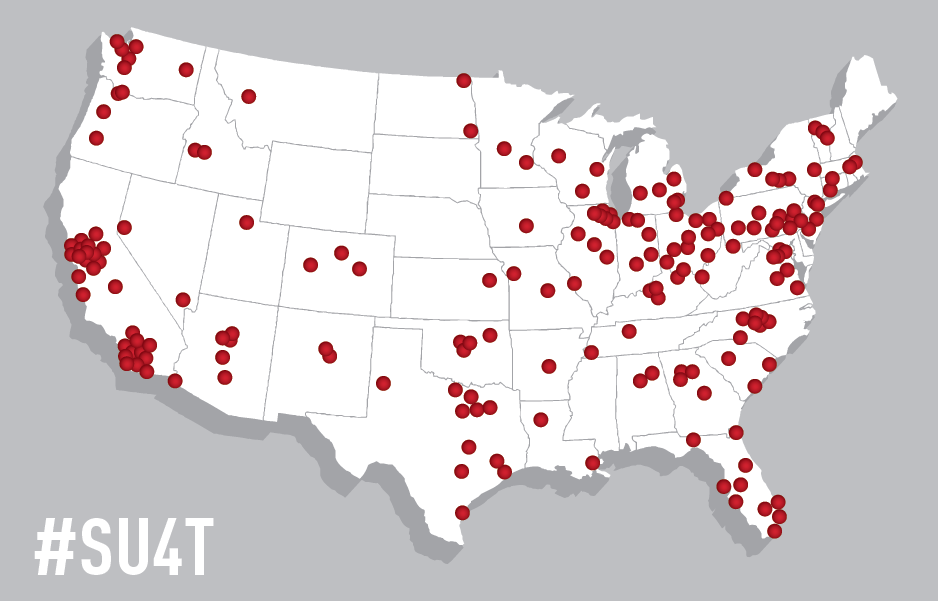
By Arian Horbovetz (The Urban Phoenix)
It’s a sound only heard on the coldest mornings. The thunderous crunch with every step in my massive boots was deafening as I stumbled over the freshly plowed sidewalk snow. Over a foot of newly-fallen snow glistened in the streetlight. I peered through the steam from my latest breath and saw the bus stop in front of me. But as I stumbled closer, I discovered that any chance of relief from the biting breeze was going to be a challenge. The drifting snow, combined with the wall of white stuff created by sidewalk plowing made accessing the bus shelter a difficult proposition, even for a person like myself who is physically capable and adequately protected.
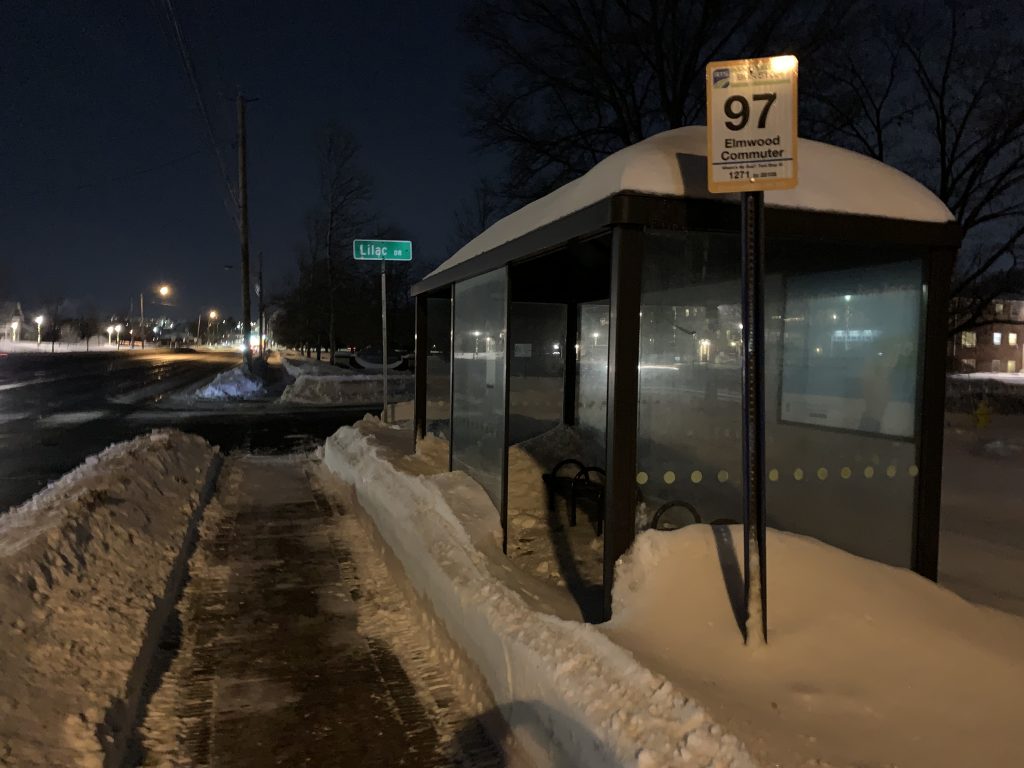
Later that day, I watched as an elderly woman stood in the partially-plowed bike lane on East Henrietta Road, where drivers routinely reach 50mph. The woman was waiting for a bus. The sidewalk adjacent to the perfectly cleared roadway was not only unplowed, the road plows had slung an additional foot of dirty snow on top, making the sidewalk adjacent to the bus stop literally impassable, even for the most agile pedestrian. With each car that passed the woman, I winced, knowing that a single distracted driver could mean disaster.
These observations are the norm rather than the exception in snow-stricken cities like Rochester. Nearly 80 inches of snowfall annually, coupled with the tremendous lack of funding for non-automobile mobility, marginalizes and often endangers residents who rely on the bus. For the 25% of Rochester residents who do not have access to a car, for the elderly who may not have adequate support, and for our disabled citizens, heavy snowfall means an inability to access essential resources.
Whose Job Is It Anyway?
It’s important to note that the issue of bus stop snow removal is symbiotic with the issue of sidewalk snow removal. The City of Rochester code 104-11 clearly places the role of sidewalk snow removal on the adjacent property owner. But too often, property owners are unwilling, unable or unaware of their responsibility to maintain the adjoining public right of way. And while infractions are reportable, they are often not addressed in a timely manner. As in most cities, the snow melts before enforcement leads to a positive outcome.
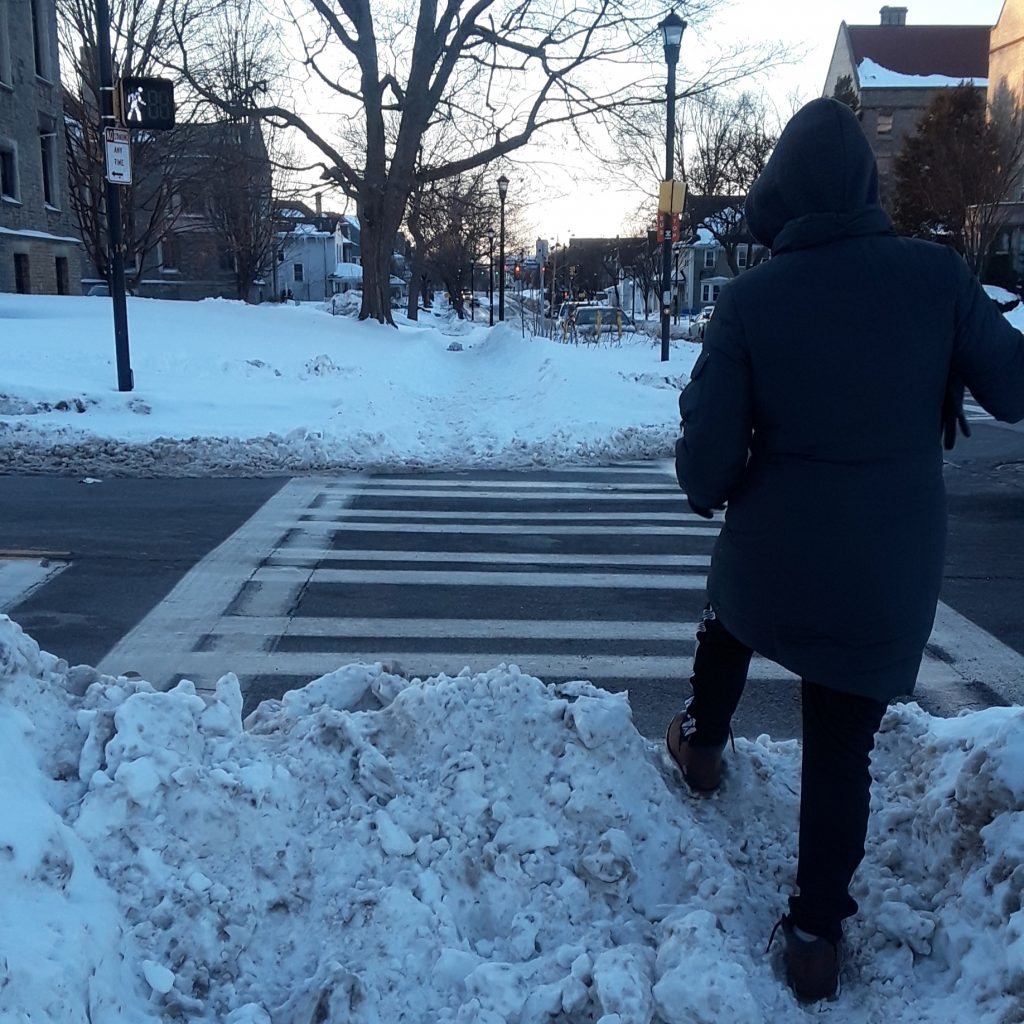
Additionally, the city provides “supplemental” snow removal of 878 miles of city sidewalk when storms deposit more than 4” of snow. While this is a welcomed service that most cities do not provide, a lack of continued sidewalk snow maintenance means that private driveway plowing companies and icy walking conditions caused by the packing of snow by pedestrians, still makes for treacherous or impassable on-foot experiences.
And finally, nowhere in the code is snow removal from bus stops or bus shelters mentioned specifically. In a recent report by WHEC News 10, RTS Spokesperson Tom Brede “asks” that property owners clear a path to the adjacent bus stops as part of their responsibility to clear the sidewalk. But with the ambiguity and subsequent lack of accountability, any regular bus rider will attest that this action is rarely taken.
How Does It Work In Other U.S. Cities?
As much as Rochester residents are frustrated by winter sidewalk conditions, a 2019 article by Streetsblog USA called Rochester the “clear leader” when it comes to sidewalk snow removal, citing the city’s aforementioned efforts to plow nearly all of its sidewalks in the wake of a heavy snowfall. This is not to downplay the fact that far more needs to be done here in the Flower City, it is more to show just how few cities have the funding or the will to accommodate those who rely on sidewalks and access to public transit.

In a February 2022 WGRZ Buffalo, NY story, NFTA Spokesperson Helen Tederous stated that Buffalo’s code places the responsibility of bus stop snow removal on abutting property owners. But a review of Buffalo’s Article VIII 413-50 “Snow and Ice Removal” resulted in no clear reference to this claim.
While Syracuse has only recently begun taking partial sidewalk snow removal responsibility, The Salt City recently finalized an agreement with a contractor, and will spend up to $650,000 to plow 100 miles of sidewalk.
In Minneapolis Minnesota, if a property owner does not clear their adjacent public sidewalk, the city sends them a warning. If the owner does not comply, a city crew is dispatched to do the job themselves, and a bill is sent. If the bill is ignored, the cost is included in the owner’s next property tax bill. City inspections also commence 24 hours after each snowfall, giving legitimacy to the requirement. The fact that the city takes at least some responsibility in the process of reporting violators is a rare but welcomed level of sidewalk snow removal enforcement.
Our Neighbors To The Northeast
Montreal, Canada has long been heralded as the undisputed champion of snow removal. As one of the snowiest large cities in the world, Montreal is faced with the same challenge that many major U.S. cities incur, but the process in removing the snow is just as robust. A large piece of this process is based on the fact that the city actually removes the snow from streets, sidewalks and bike paths in large trucks and transports it to more than two dozen designated locations around the city. This monumental task begins with signage and notices prior to the storm, warning residents not to park their cars and bikes in the streets or sidewalks. Instead, residents are encouraged to use a system of parking lots and garages free of charge. During and after the snow storm, a fleet of 2,200 snow removal vehicles are dispatched to clear the 10,000 kilometers of roads, sidewalks and bike paths. Yes, that’s right, over half a million Montreal residents use their bikes for transportation rather than recreation, likely due in part to the fact that year-round bike commuting is made more practical by the Titanic snow removal efforts that Montreal employs.
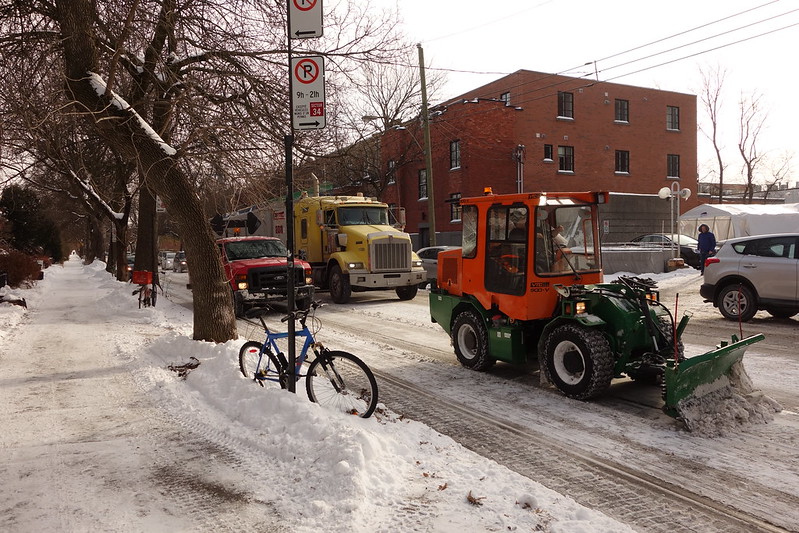
When sidewalks and bike paths are cleared, this allows residents of all socioeconomic levels to access transit with greater ease, creating a more inclusive urban environment. While Canada’s tax structure and municipal funding practices are very different from the United States in many ways, it is encouraging to see that effective snow removal is possible, and leads to better access.
Calming The Storm
While Rochester is considered a leader in sidewalk snow removal, there is still room for a great deal of improvement. One of the key starting points is a more robust definition of who is responsible for bus stop snow removal, and a greater communication to property owners regarding this expectation. Like Minneapolis, regular city-wide snow removal inspections coupled with greater enforcement would likely also improve outcomes. Finally, advocacy is always an important factor in creating change. Consider joining organizations like Reconnect Rochester in their efforts to make our streets, sidewalks and public transit systems accessible and equitable. Together, we can make our city a place where mobility for all is accommodated and uplifted.



